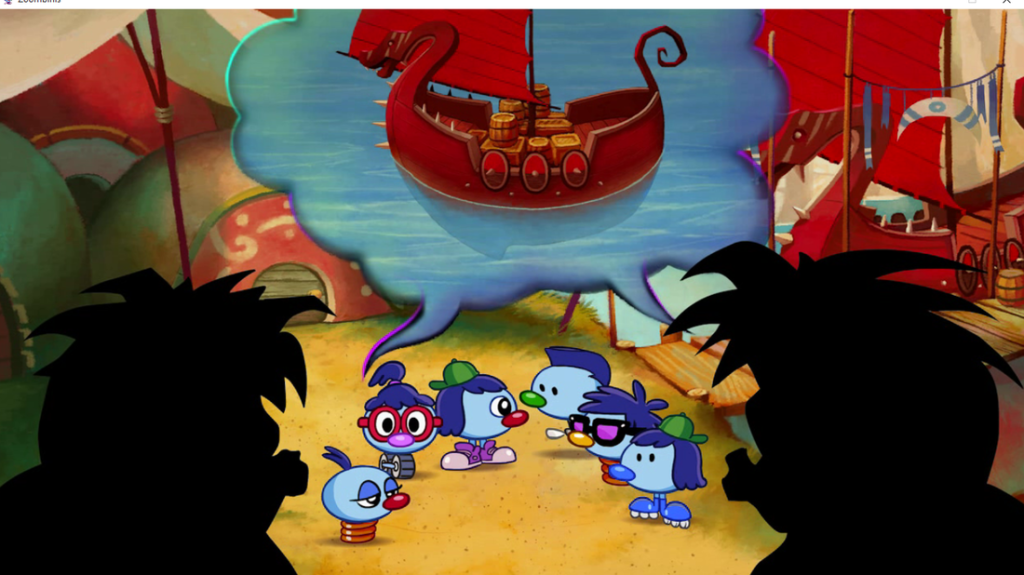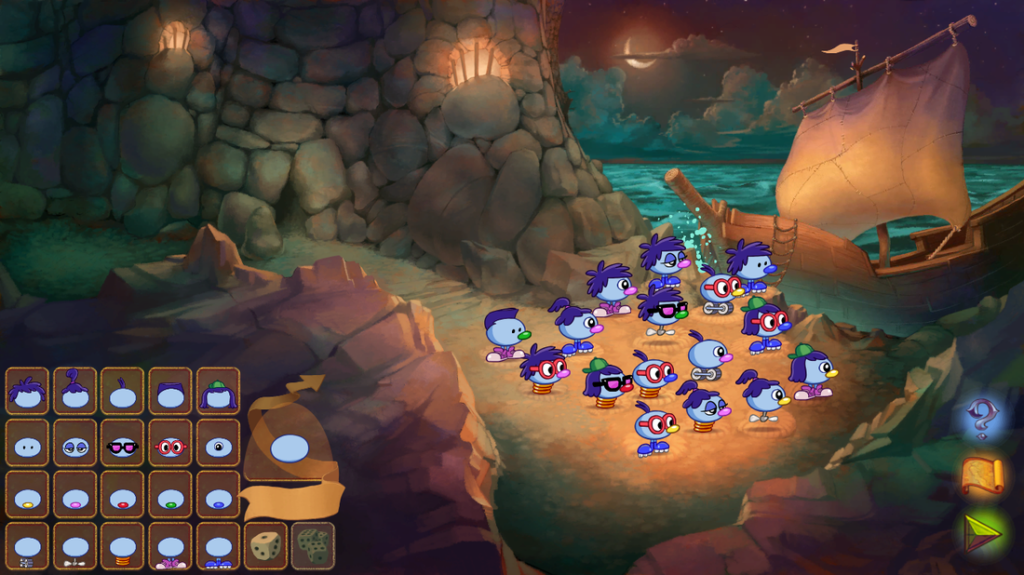Half term’s been unusually busy for me – normally I earmark this week in October for catching up with school-work and sleep, but instead, my husband decided we needed a few days away. We popped off to Portugal from Saturday to Wednesday, giving me a complete break from my laptop, marking, Twitter and providing me with an excuse to lounge around, read, do puzzles and not feel guilty because I physically wasn’t able to do any work if I wanted.
Today, I’m off to Bath for a friend’s hen do. She’s also a teacher, hence the half-term date choice, but all this holidaying means I’ve had exactly one day to myself all holiday, which was mostly spent washing and tidying. I’d fully intended to use the seven hours I’ll be spending on a train in the next couple of days to get on top of some resources, but my husband left for work this morning with one of the most dangerous parting sentences imaginable: “You’ll never guess which one of your favourite games has just been released on Steam” (an online computer games portal, through which you can download pretty much anything available for PC).

So I went looking, and got quite excited when I found out that the game he was on about is The Logical Journey of the Zoombinis (now re-released as just “Zoombinis“), which was probably the most memorable computer game from my childhood. It was only about a fiver, so I bought it straight away and decided to have a little play through for the nostalgia factor. While the title includes the phrase “Logical Journey” and the original box had a lot of mathematical words I now recognise well, I don’t recall it as a “maths” computer game. So while the game was downloading, I decided to go and have a poke around on the Internet and see what people had to say about any actual maths content in this game.
The Internet seemed to fail me at this point. Maybe because this game was so big in my circle of friends at middle school – there was one computer with this loaded onto it, which we could play as a treat for finishing all our maths work – I just assumed that it was popular everywhere. There seems to be a small cult following on Reddit, but very little about the mathematics or otherwise behind each puzzle, so I decided that, seeing as I was obviously going to lose several hours to this game again over the next couple of weeks, I may as well try looking for some of the maths myself. Something I’m interested in exploring in a little more depth is whether or not this is something that might still work well in a classroom or online education today, particularly as the game is now available on tablets too, or if I’m just getting my perception of the educational usefulness of this game confused with my fond memories of playing it as a child.
There are likely to be a few blog posts over the next couple of weeks – I may attempt to do all the puzzles, or just pick my favourite ones. I’m halfway through one about the first puzzle, which relates nicely to set theory and Venn diagrams, but my train’s nearly arrived – so, for the time being, there are a few notes on each puzzle and the mathematical topics or processes explored in each available on Zoombinis for Educators.

Just one little bugbear about the new version – one of the first things I spotted was the number of Zoombinis you can make in total has changed, dropping from 625 to 400. I distinctly remember working out quite early on when playing as a child that the original 625 would allow the player to make exactly one of each unique Zoombini, with no repeats, and ensuring that I did this in the game I completed. It’s worth pointing out that the game will allow you to create twin Zoombinis, but other multiples are not allowed.
I’m not sure why this change has been made for the re-release, but it means that a) I feel perfectly justified in dropping my urge to create unique Zoombinis and b) the game will take significantly less time to complete (if I decide to do so). I’m also pretty certain that this will make the game significantly more challenging than it was when I previously played it, as there are quite a few puzzles that rely on differences in the features of the Zoombinis.